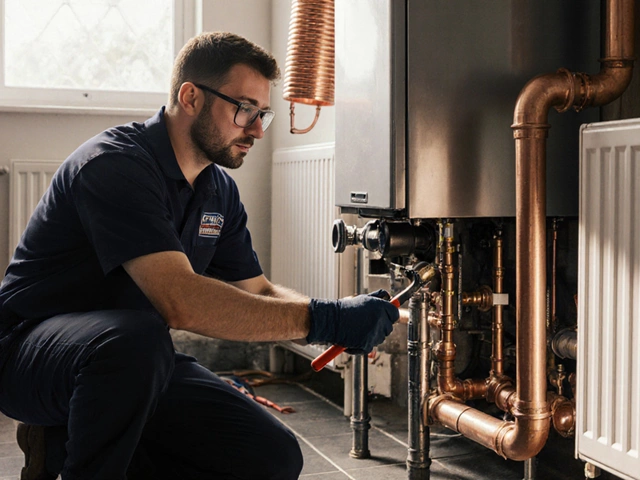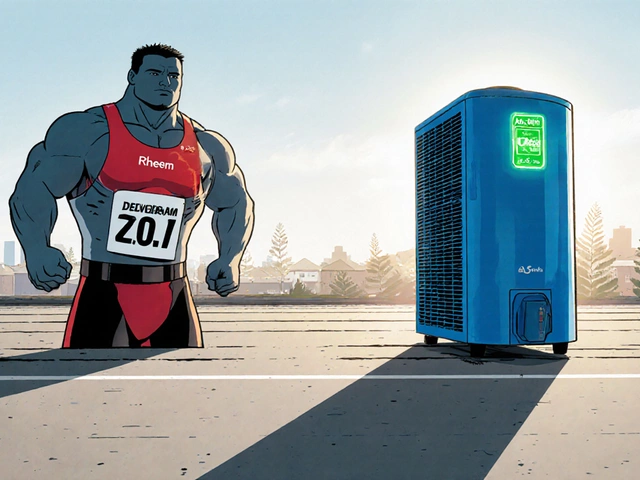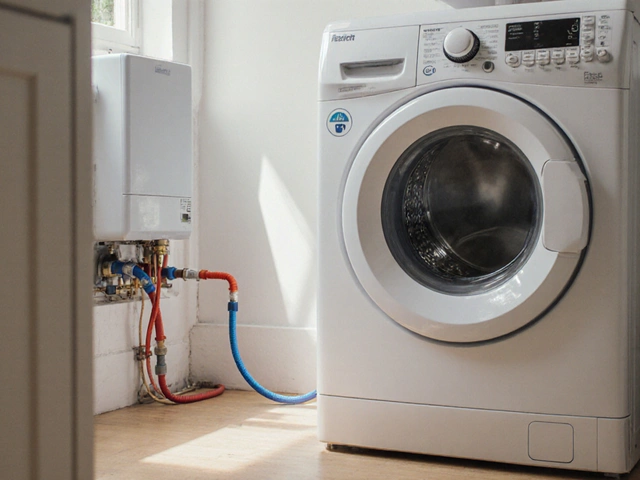Plumbers and Boilers: Who Handles Boiler Repairs?
October 24 2025Freezer Troubleshooting: Quick Fixes for Common Problems
If your freezer isn’t keeping things icy, don’t panic. Most issues are easy to spot and fix yourself. Below are the most common reasons a freezer stops working and the steps you can take right now.
Why Your Freezer Might Stop Cooling
First, think about the basics. Is the unit plugged in and switched on? A tripped breaker or a loose plug can be the whole problem. Next, check the temperature dial – many people set it too high by accident. It should usually be around -18°C (0°F).
Next, look at the door seal. If the rubber gasket is cracked or dirty, warm air sneaks in and the compressor works overtime. Run a simple test: close the door on a dollar bill. If you can pull the bill out easily, the seal needs cleaning or replacement.
Frost build‑up is another culprit. A freezer that’s frosting over blocks airflow and makes the compressor run constantly without actually cooling. Most modern freezers have an automatic defrost cycle; if it’s stuck, you’ll see a thick layer of ice.
Step‑by‑Step Checks You Can Do Today
1. Power check: Verify the outlet works by plugging in a lamp. Reset any tripped circuit breakers. If the freezer still won’t run, the plug or cord might be damaged.
2. Temperature setting: Turn the dial to the recommended level. Wait 24 hours for the temperature to stabilize before judging the result.
3. Door gasket: Clean the seal with warm, soapy water and a soft cloth. Look for tears; replace the gasket if you find any.
4. Clean the coils: The condenser coils are usually at the back or underneath the unit. Dust them off with a vacuum brush. Cleaner coils improve efficiency and lower energy use.
5. Defrost manually: If there’s a lot of ice, unplug the freezer, leave the door open, and let it melt. Place towels to catch water. Once clear, plug it back in and set the temperature.
6. Fan and vents: Listen for a faint humming when the freezer is on. No sound could mean a broken fan or blocked vent. Clear any debris and ensure nothing blocks airflow inside.
7. Thermostat and sensor: If the freezer runs constantly but stays warm, the thermostat may be faulty. This part usually needs a professional to test and replace.
After you’ve run through these steps, give the freezer a full day to reach the set temperature. If it’s still not cold, it’s time to call a qualified repair technician. They can diagnose compressor problems, refrigerant leaks, or electrical faults that require specialist tools.
Regular maintenance—keeping the coils clean, checking the seal monthly, and defrosting when ice builds up—will keep your freezer humming for years. A quick check now can save you a costly repair later.
 20 Mar
20 Mar
Is it Worth Repairing a Freezer?
Deciding whether to repair or replace a freezer can be tricky. This article provides insights into when it's worth repairing your freezer, factors affecting the decision, and cost-effective tips to keep it running efficiently. Explore signs that your freezer needs repair and preventive measures to extend its lifespan. Know the common repair costs and compare them with replacement options.
Read More...



